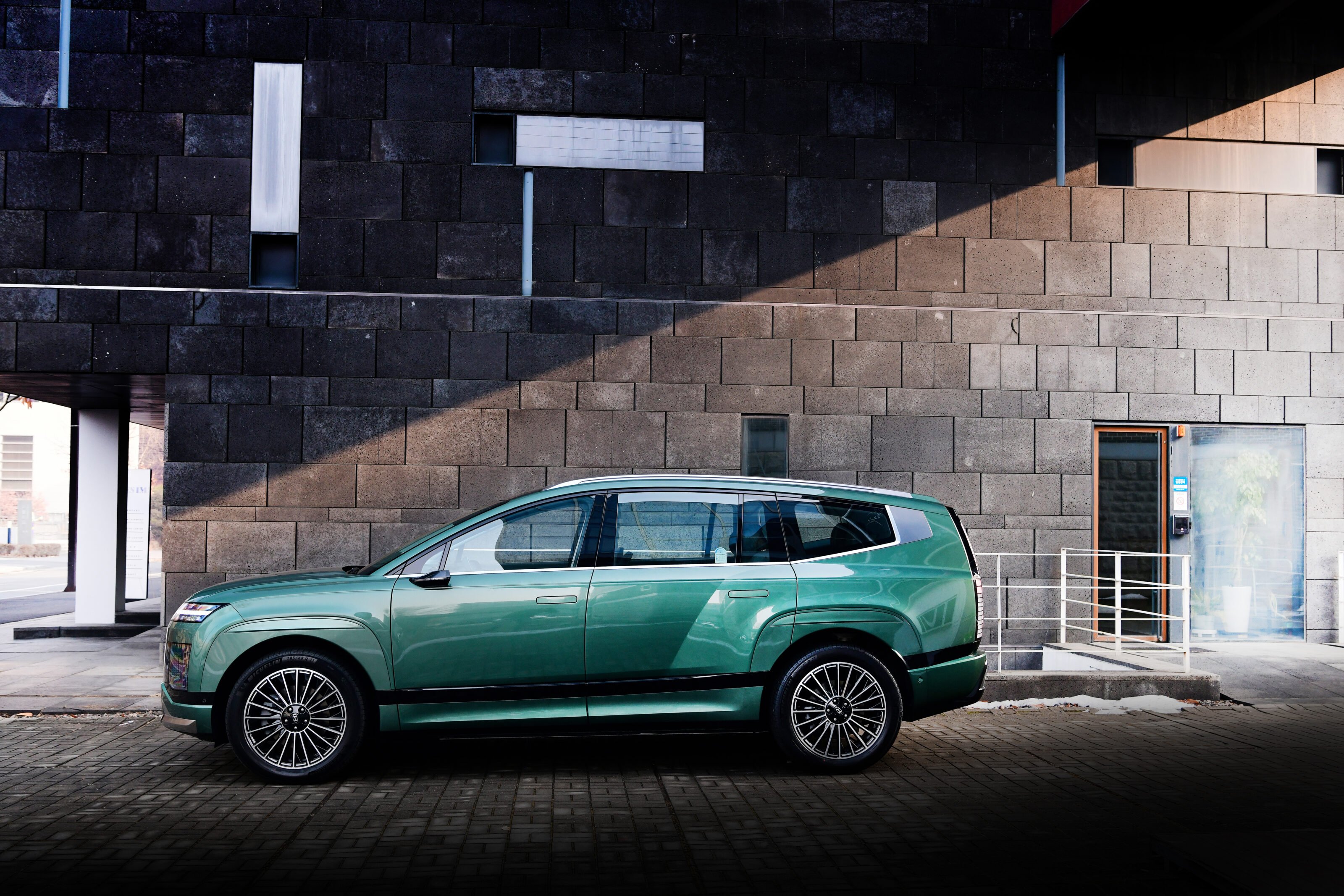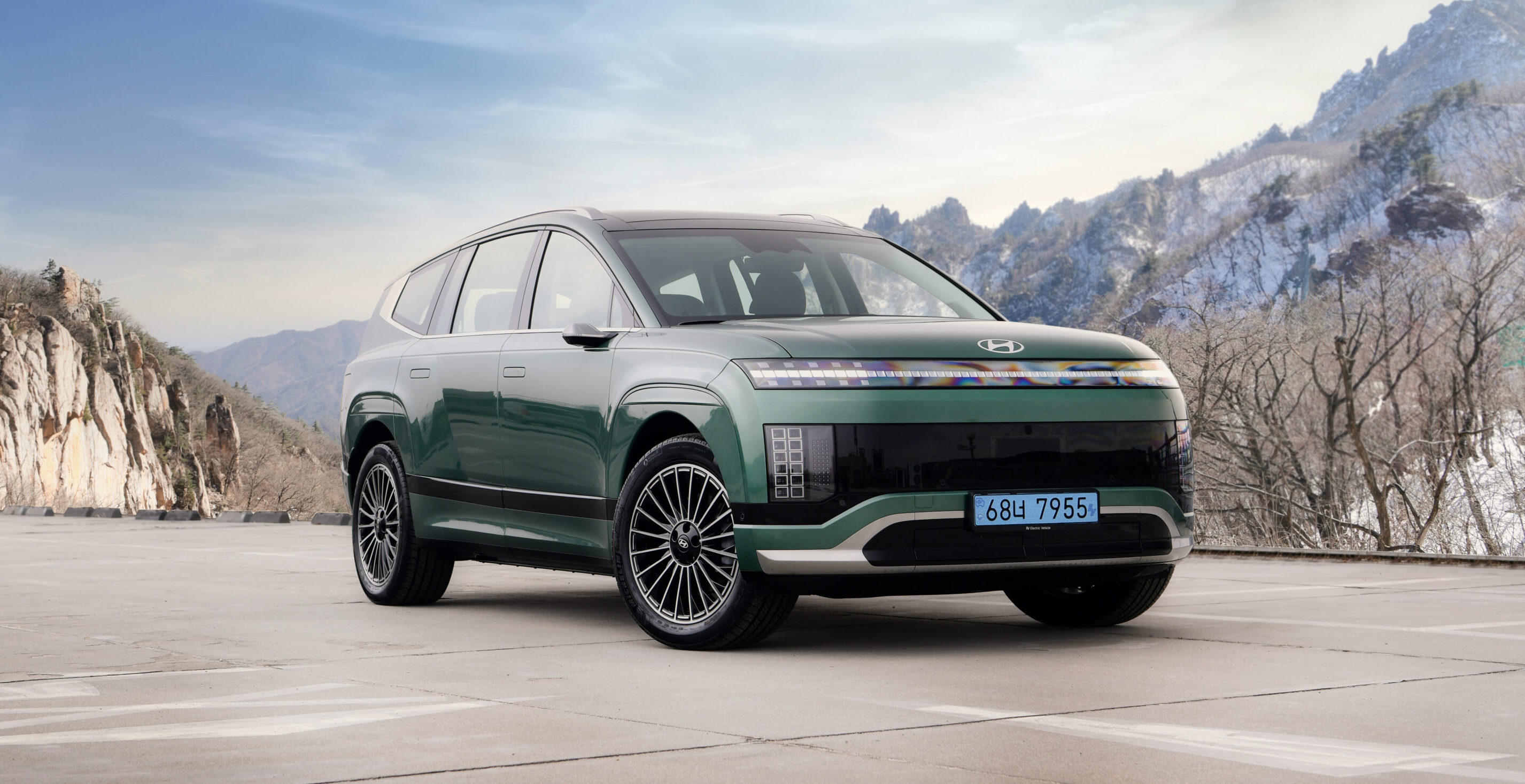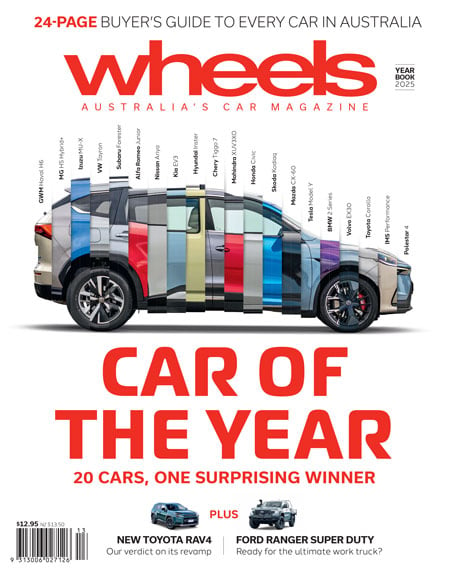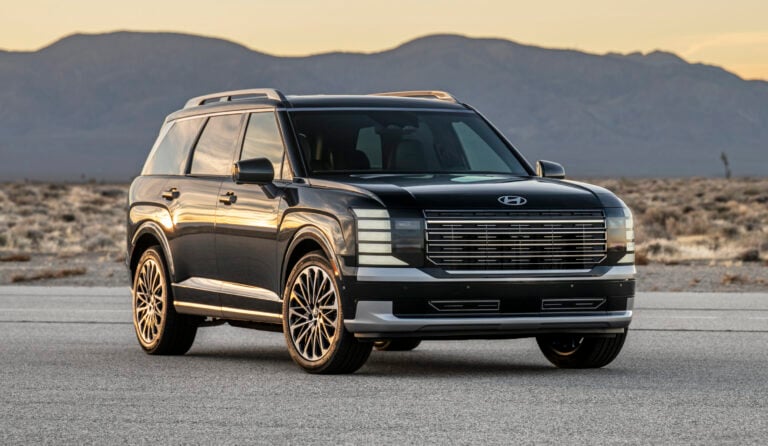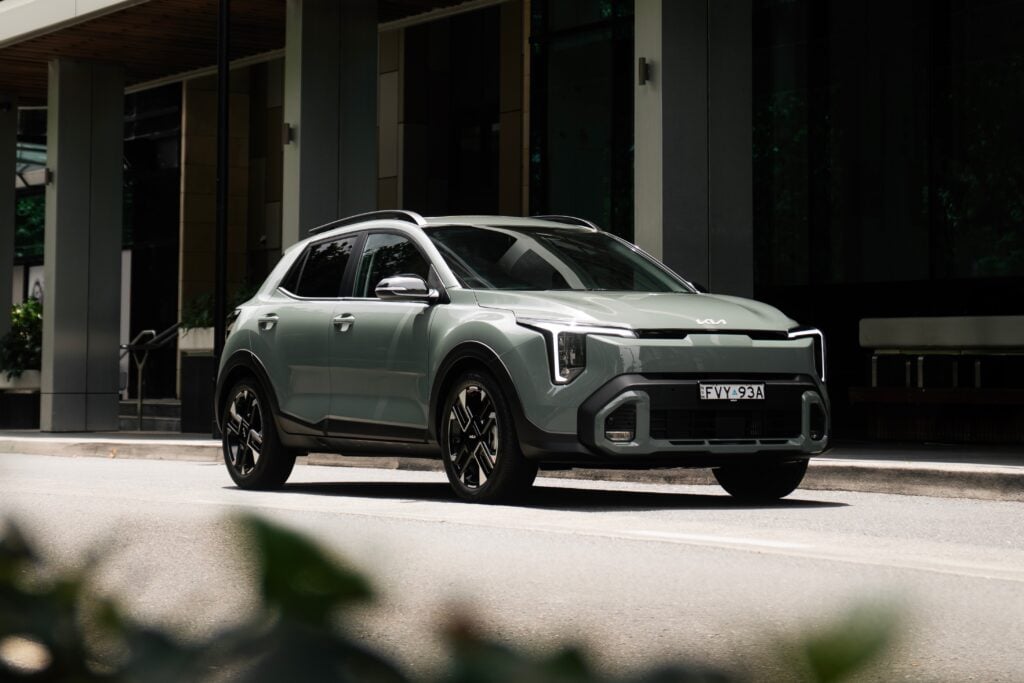Things we like
- Lots of room and configurability with seating arrangements
Not so much
- Not particularly dynamic or engaging to drive
Between being unveiled in concept form in 2021 and reaching production, Hyundai’s newest SUV grew. Not literally but figuratively: the Ioniq 7 became the Ioniq 9, an adjustment intended to crown the large six- or seven-seater as the flagship of the Korean firm’s electric range, and possibly to ensure parity with sister brand Kia’s related EV9.
Given how many car makers have stumbled on nomenclature when trying to add EVs into their already bulging line-ups, credit to Hyundai for the pre-emptive minor course adjustment. And in its size, ambition and lashings of premium splendour, this car feels every inch the king of Hyundai’s ‘chess piece’ Ioniq family.
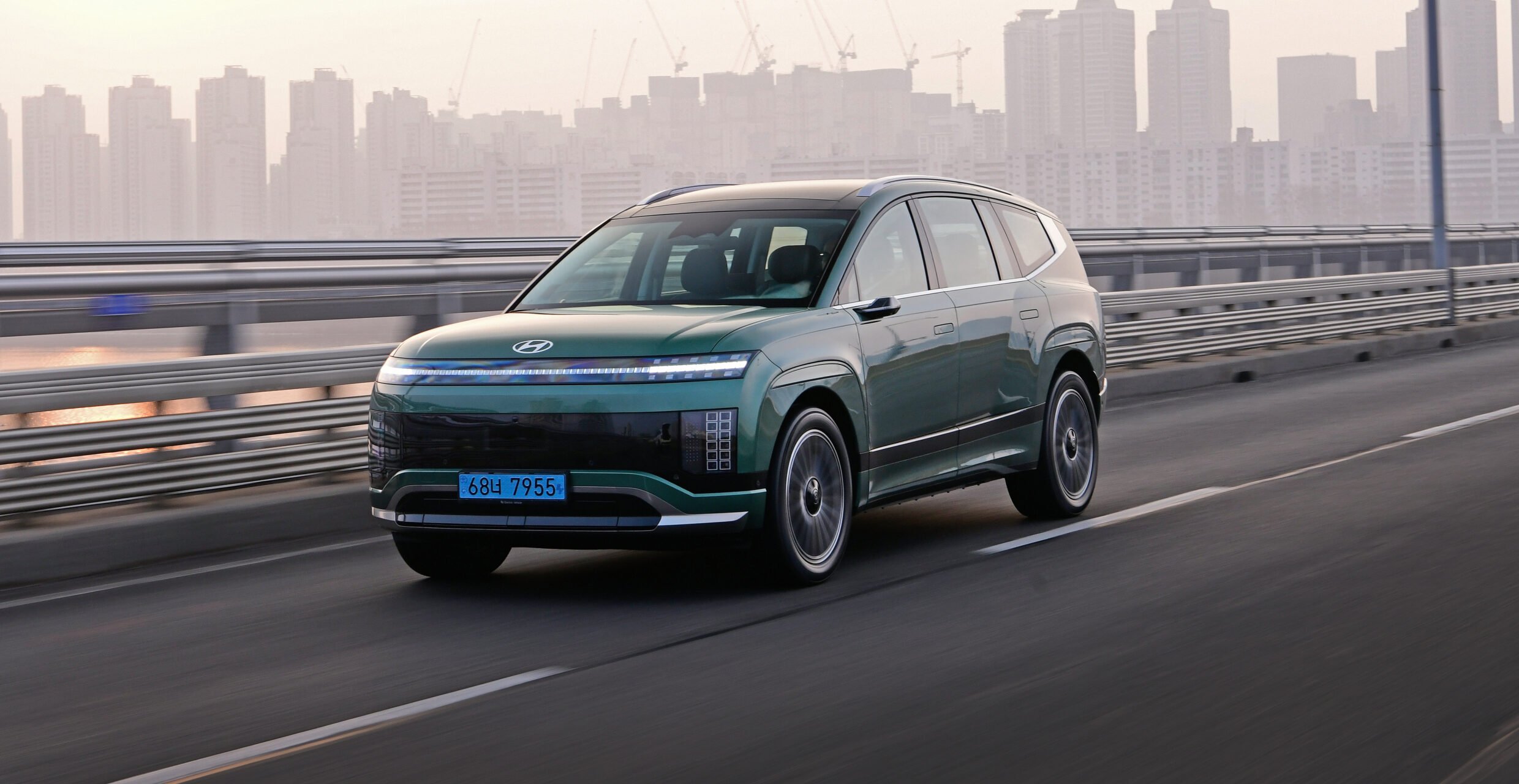
That approach refers to Hyundai’s determination to give each Ioniq model a distinct character. Sure enough, park the 9 next to the 5 and 6 and only the badge and details such as the pixel light graphics would give away how closely related they are.
Hyundai’s design team has aimed to both maximise interior space and make a 2.6-tonne, 5m-long SUV as aerodynamic as it can possibly be. With a drag coefficient of 0.26 (0.27 if you opt for door mirrors rather than digital items), it’s even more aerodynamic than both the smaller Ioniq 5 (0.29) and equivalent EV9 (0.28).

The Ioniq 9 is based on Hyundai’s E-GMP platform, and while there will be three powertrain options at launch, all will be fitted with the same 110.3kWh battery (whose total and usable capacities are slightly bigger than the EV9’s). Because the platform has an 800V electrical architecture, the battery can be charged at speeds of up to 350kW, and there’s a vehicle-to-load outlet in the boot.
The entry-level Long Range RWD model uses a single 160kW motor on the rear axle and offers a headline-grabbing official range of 620km. The Long Range AWD adds a 70kW motor on the front axle, while the range-topping Performance AWD tested here uses a pair of 160kW motors, giving maximum system outputs of 329kW and 700Nm, for a 0-100km/h time of 5.2sec and a range of around 507km.
Australian specifications and pricing have yet to be finalised, but expect entry-level models to start from above $100,000, rising to around $140,000 for the Performance AWD. There are likely to be two trim levels, Ultimate and Calligraphy (Ultimate as the base spec? I know, but let’s just roll with it).

Seven seats will be standard, but in Calligraphy trim you can opt to turn the Ioniq 9 into a six-seater by swapping the second-row bench for a pair of plush seats that can swivel 180 degrees when stationary to turn the rear into a proper mobile lounge. Thanks to that elongated roofline it’s properly vast in there, especially with the large panoramic roof letting in so much light. My test car came in six-seat form and there was plentiful head and leg room in both the second and third rows. It also had large touchscreens for the second-row seats. Even with the rearmost seats in place, there’s a large 620-litre boot; fold them down and there’s 1323 litres of cargo capacity.
The dashboard will be familiar to anyone who has driven a new Hyundai recently, with the touchscreen and digital instrument display complemented by a decent array of physical buttons and steering wheel controls. The infotainment system is the latest version of that offered on other Ioniqs, and it’s well thought through: particularly pleasing was the remaining range indicator, which showed average but also best- and worst-case scenarios.

There’s a large centre console between the front seats and plenty of storage space. The materials used for the interior trim all feel good quality and there’s a decent Bose stereo system. Much like the EV9, you can see the Ioniq 9 turning some heads among potential buyers of more prestigiously badged SUVs.
The Ioniq 9 has a MacPherson-strut front and a multi-link rear, with the suspension tuned for the extra EV weight. There are also self-levelling dampers and a chassis control system featuring dynamic torque vectoring and wind stability control to help smooth the ride. Hyundai says the intent was to deliver a “luxurious and refined” drive, and it delivers on that score. The Performance powertrain enables it to accelerate faster than expected of a 2.6-tonne car and the power delivery is calm and linear.
This isn’t a particularly dynamic car to drive, but it’s not really intended to be: the king is far from the most dynamic piece on a chess board, after all. The ride is notably calm and unflustered, although I was driving a Korean-spec car on relatively smooth Korean roads. Past experience suggests it will face a tougher test to maintain similar composure when it reaches Australia. Towing? A reasonable 2500kg – just don’t watch the available range indicator.

The steering is light and direct but not tremendously engaging. When I found a faster flowing road, the Ioniq 9 didn’t lose all composure when being chucked into corners, but that’s clearly not what it’s designed for. Still, given its size it was impressively easy to thread down the narrow, hilly streets of urban Busan. Particularly impressive was the isolation of the cabin, thanks to active noise-cancelling, sound-absorbing tyres and acoustic glass.
There’s still a dearth of options in the market for seven-seat electric SUVs, and the Ioniq 9 certainly feels a strong contender. It’s set to undercut both the EV9 (by a bit) and the Volvo EX90 (by quite a lot) while offering a fresh take on a premium-leaning formula.
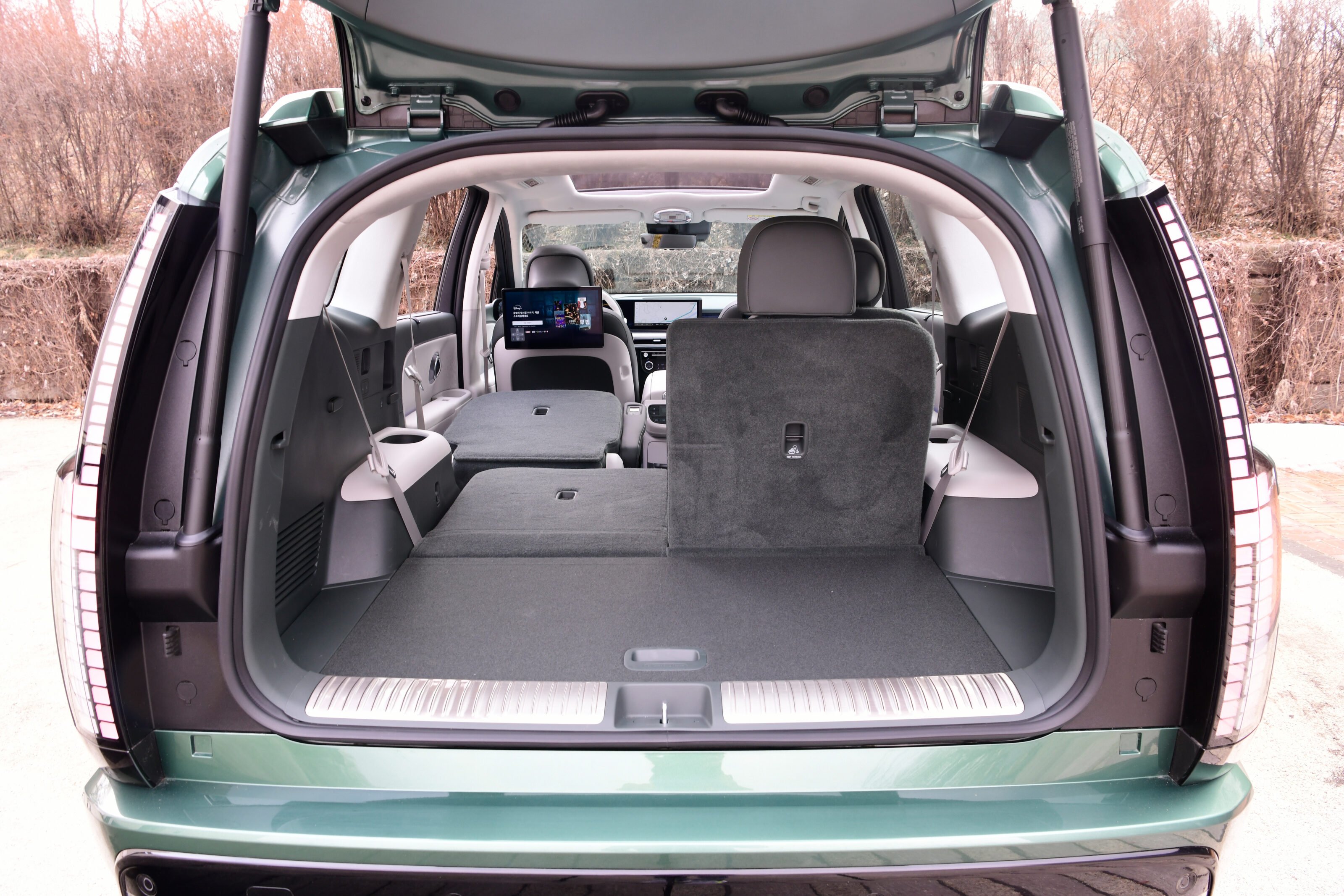
| Model | Hyundai Ioniq 9 Performance AWD |
|---|---|
| Motor | Two permanent magnetic synchronous |
| Battery | 110.3kWh (net) |
| Max power | 329kW |
| Max torque | 700Nm |
| Transmission | Single-speed reduction gear |
| Weight | 2600kg |
| Economy | 21kWh/100km (est) |
| 0-100km/h | 5.2sec |
| Price | $140,000 (est) |
| On sale | Q3 2025 |
